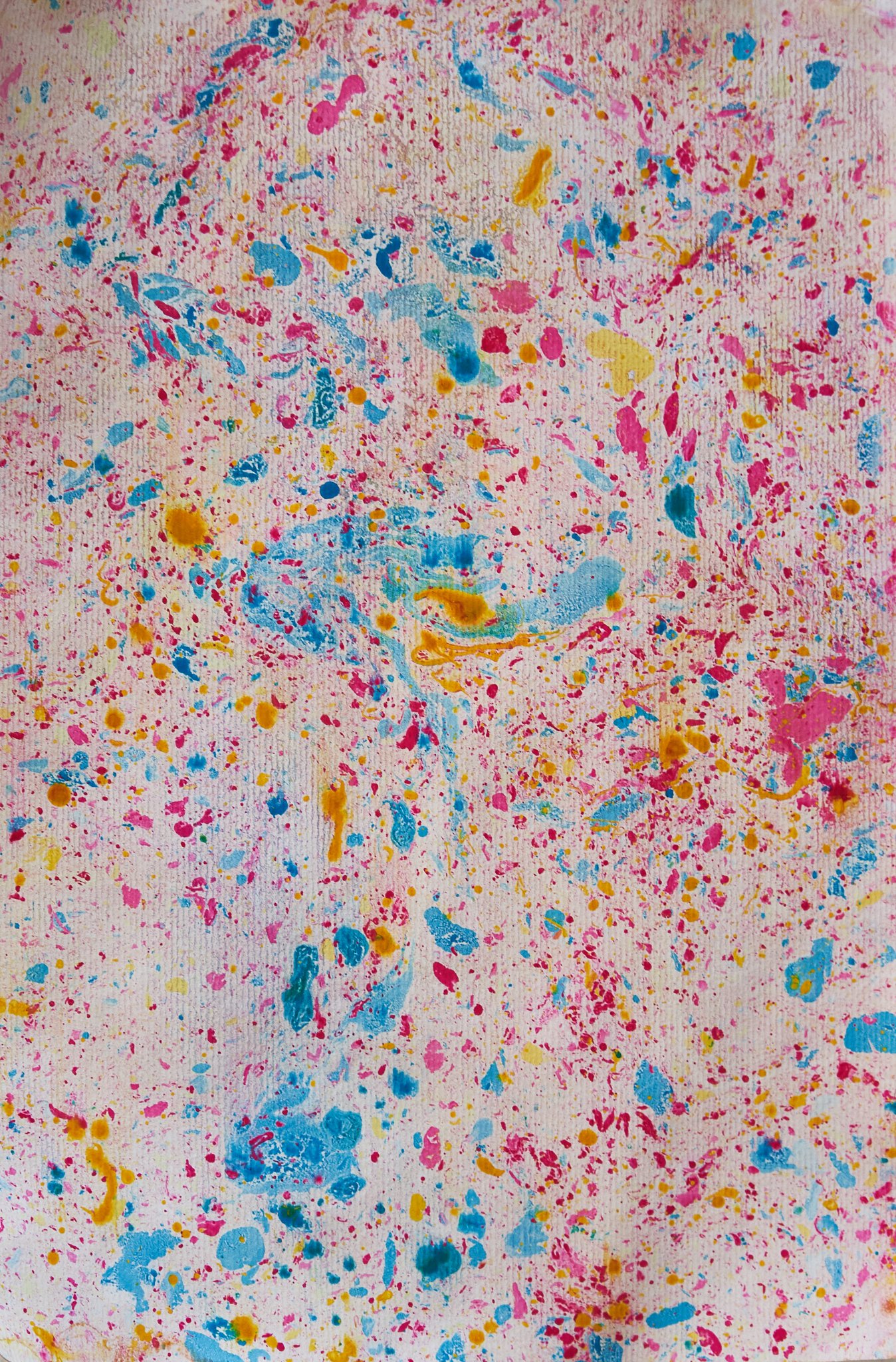Pedagogical workshop program is thoughtfully directed towards questions of self-worth, self-value, self-awareness, and connection with oneself and the surroundings. We bring awareness to our essence, feelings, and the value of our relationship with the quality of living together. Painting and photographic techniques often incorporate unusual and experimental approaches to art, challenging traditional notions of painting and photography and expanding the boundaries of creativity. Fabric is our second skin, capable of speaking to and addressing our first skin, our external image, the perception of ourselves. Simultaneously, due to its textural dimension, fabric can offer a different foundation and starting point for painterly and photographic content, giving rise to exploratory approaches to expression, narrative, and the creative process.


PHOTOGRAHY LESSONS
Capturing light in photography. Utilizing long exposure and various light sources such as lamps or glowing sticks to create intricate and surreal patterns of light in photographs. Pedagogical technique: Images emerge from darkness with the help of light, just as thoughts and emotions do.
Multiple exposures in the camera. Creating complex and surreal compositions by combining multiple exposures directly in the camera, without the need for post-processing. Pedagogical technique: Children can see themselves in many forms in a single image, much like nature has created humans with various shades in one body. The power of metaphor allows them to journey into stories and narrative.
High-speed photography. Freezing rapidly moving subjects, like burst balloons or splattered liquids, using high-speed cameras and flashes. Pedagogical technique: Children capture moments that happen within an ordinary second and can delve into the depths of the micro and macro universe.
Photomontage and assemblage. Combining multiple photos or elements from different sources to create surreal or fantastical scenes. Pedagogical technique: Exploring how the environment can influence our internal perceptions and how much we, with our internal perceptions, are creators in our surroundings.
Storytelling. Connecting multiple photographic records into a cohesive story, in digital and printed formats. Pedagogical technique: Children navigate through content, seek connections, meaningful links between photographic moments, weave contrasts into the story, add photographic details to contrasts, cut parts from the whole, boldly experiment with color combinations, or lead a common thread in black-and-white photographic techniques to develop their unique narrative language or photographic storytelling. In this way, they become storytellers, opening their imagination, playfully traveling into the world of words, sentence structures, paragraphs, and stories, reflected through photographic records.



















PAINTING LESSONS
Painting on a large canvas measuring 180cm x 255cm. Pedagogical technique: Confronting a large canvas is often linked to children facing their own growth and the magnitude of challenges that the process of growing up can present.
Creating a painting using the action painting technique (with the canvas spread on the floor). The technique involves spontaneous, dynamic, and often physically demanding movements to create abstract art through gestures of pouring and splattering paint and bodily "rolling" on the painting surface. Pedagogical technique: Action painting offers children a chance to find control in an uncontrolled environment.
Painting with blindfolds on. Pedagogical technique: Children create works with blindfolds on, relying solely on their other senses to guide the brushstrokes.
Body painting. Children use parts of their own bodies or parts of others' bodies (hands, feet, face) as canvases, creating temporary art that merges with the human form. Pedagogical technique: Through art, we get to know our bodies and the temple in which every individual resides.








TEKSTILE/ TEXTURES LESSONS
Sensory Exploration. Through various textures, children will heighten their awareness of touch and sight sensations. Textures possess a micro-architecture visible to the eye and palpable to touch. We will explore different approaches to treating textures with other materials used for painting. Attempting to blend different layers of textures into practical foundations for painting, we will embark on a journey of exploration and innovation. Adding colors along this path. Pedagogical technique: Verbalizing feelings opens and strengthens the awareness of sensations and the expression or description of feelings, which, in turn, opens up possibilities. Exploring and innovating brings freedom and boldness to the work and the journey through content.
Integration of Fabric with Color. We will discover the difference between raw and processed fabric, touch on textures and colors, discuss processes, life stories, and the contents of threads and dyes. About weaving, which transforms threads into beautiful fabrics. About the power of plant dyes that can bring forth exquisite patterns. We will practice through the process and various methods of dyeing and painting with plants. Pedagogical technique: Raising awareness about the life cycle of fabrics and colors, about natural processes compared to industrial ones, and the importance of a sustainable perspective.
Screen Printing. Children will experience the screen printing process on fabric. We will imprint their images on fabric, later crafting them into useful items. Pedagogical technique: The practical value of processes. Accessibility of processes. Personal creation. Sustainability.
Textile Prints will enchant us with the knowledge, understanding, and experience of various textile printing techniques. From stamps and handmade sponge stamps to finger techniques, wood block printing techniques, and more. Pedagogical technique: The practical value of processes. Accessibility of processes. Personal creation. Sustainability.





















'When I paint, I feel joy, gladness, cheerfulness.'
Katarina
'When I paint, I feel hapiness.'
Sinja
'When I paint, I feel softness.'
Maj
'When I paint, I feel talent'
Arne